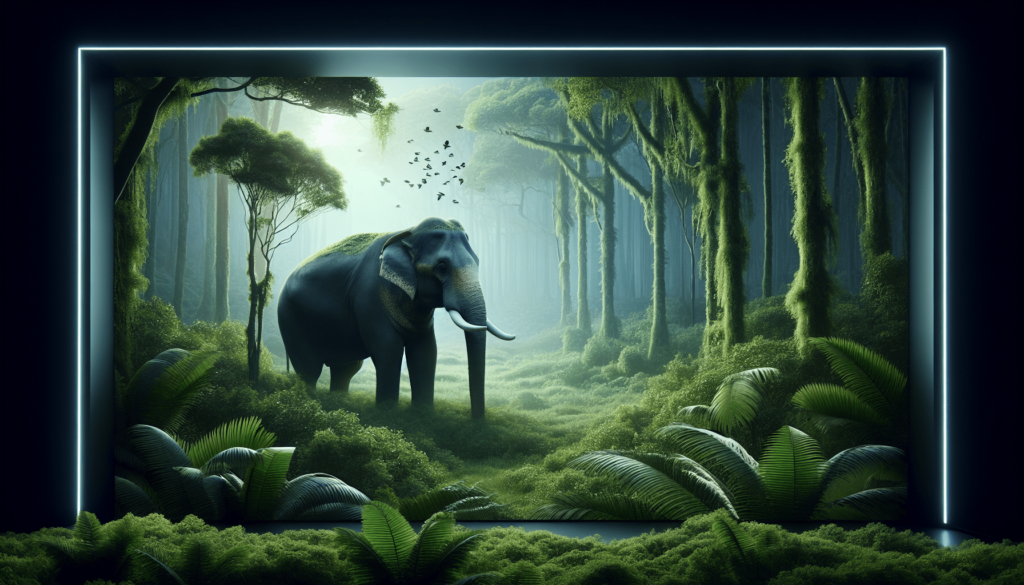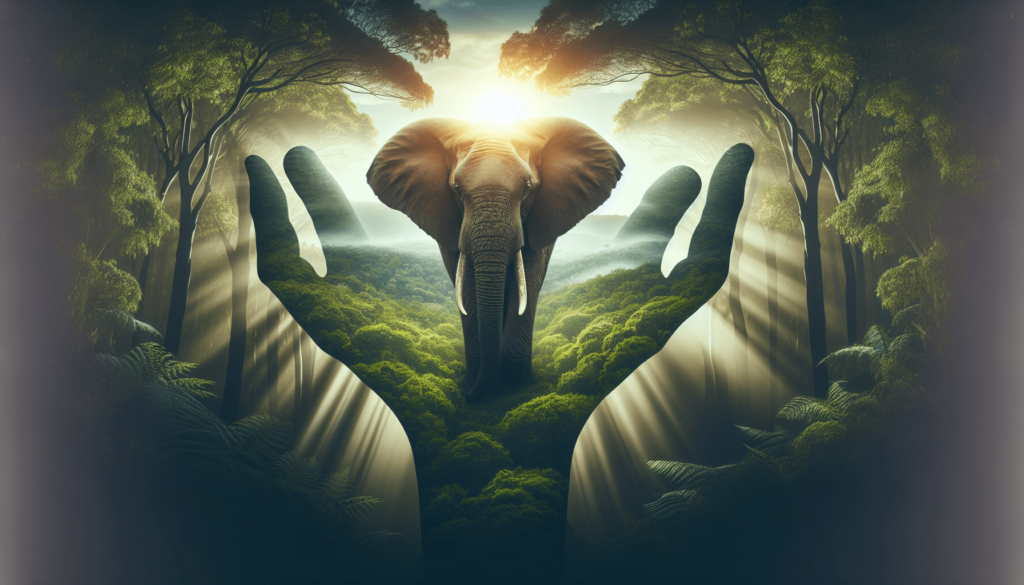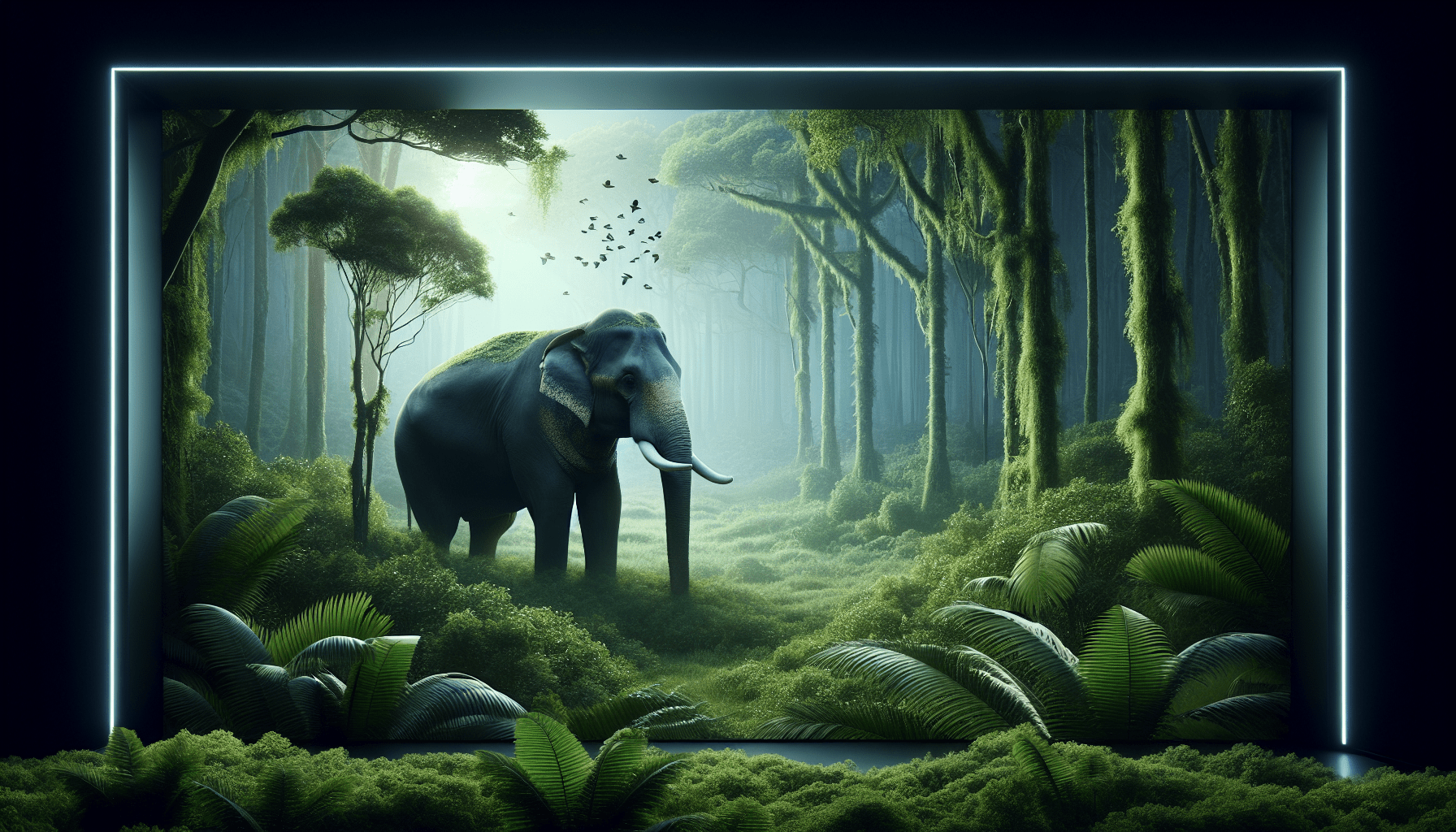The Role Of Animals In Environmental Conservation
Have you ever stopped to think about the important role that animals play in environmental conservation? From pollination to seed dispersal, animals are crucial for maintaining balance in ecosystems. Let’s dive deeper into understanding the various ways in which animals contribute to environmental conservation.

Pollination
Animals, especially bees, butterflies, birds, and bats, play a vital role in pollinating plants. Pollination is necessary for the reproduction of most flowering plants, including many food crops. You might not realize it, but every time you enjoy a piece of fruit or a vegetable, you have pollinators to thank for their role in producing these foods.
Seed Dispersal
In addition to pollination, animals help in the crucial process of seed dispersal. Many plants produce seeds encased in fruits or berries that are consumed by animals. These animals help to disperse the seeds in different areas, aiding in the growth and survival of plants. Think about how many trees have grown from seeds dropped by birds or carried by the wind – animals are the unsung heroes of seed dispersal.
Soil Aeration
Animals such as earthworms, ants, and beetles are essential for soil aeration. By burrowing through the soil, they create tunnels that allow water, air, and nutrients to penetrate deeper into the ground. This process improves soil structure, promotes plant growth, and enhances overall soil health. So, the next time you see an earthworm wiggling through the dirt, remember that it’s playing a crucial role in maintaining healthy soil.
Pest Control
Predatory animals like owls, hawks, and snakes help in controlling pest populations in ecosystems. By preying on rodents, insects, and other pests, these predators help maintain the balance of species and prevent pest outbreaks. Nature has its own pest control system in place, thanks to the role of animals in keeping pest populations in check.

Nutrient Cycling
Animals are also key players in nutrient cycling within ecosystems. When animals consume plants, they acquire nutrients that are then transferred back into the environment through their waste. This process helps in recycling nutrients, enriching the soil, and sustaining plant growth. From dung beetles breaking down animal waste to enrich the soil to birds depositing nitrogen-rich guano on islands, animals play a crucial role in nutrient cycling.
Biodiversity
Animals are a crucial component of biodiversity, which refers to the variety of life forms in an ecosystem. Biodiversity is essential for maintaining ecosystem stability, resilience, and productivity. Animals contribute to biodiversity by occupying different niches in ecosystems, playing specific roles in food webs, and interacting with other species. The presence of a diverse array of animals is a sign of a healthy ecosystem.
Ecological Balance
Animals help maintain ecological balance by regulating population sizes and preventing overpopulation of certain species. Predators keep herbivore populations in check, preventing them from overgrazing and damaging plants. In turn, the presence of healthy plant populations provides habitat and food sources for various animals, creating a balanced ecosystem. Animals play a crucial role in maintaining harmony and balance in nature.
Conservation Education
Animals also play a significant role in environmental conservation education. Through wildlife documentaries, nature reserves, and educational programs, people learn about the importance of protecting animals and their habitats. Conservation efforts often focus on flagship species, such as tigers, elephants, and pandas, to raise awareness about broader conservation issues. By highlighting the role of animals in ecosystems, conservation education promotes a deeper understanding and appreciation of nature.
Threats to Animal Conservation
Despite the vital role that animals play in environmental conservation, many species are facing threats to their survival. Habitat loss, climate change, poaching, pollution, and human-wildlife conflict are some of the major factors contributing to the decline of animal populations worldwide. Conservation efforts are essential to protect animals and their habitats, ensuring that they can continue to fulfill their critical roles in ecosystems.
Habitat Loss
One of the most significant threats to animal conservation is habitat loss. Human activities such as deforestation, urbanization, and agriculture have led to the destruction and fragmentation of natural habitats. As habitats disappear, animals lose their homes, food sources, and breeding grounds, leading to population declines and increased vulnerability to extinction. Conservation efforts aim to protect and restore habitats to ensure the survival of animal species.
Climate Change
Climate change is another major threat to animal conservation. Rising temperatures, extreme weather events, and shifting habitats disrupt ecosystems and impact animal populations. Many species are unable to adapt to rapid changes in their environment, leading to reduced reproductive success, changes in distribution patterns, and increased risk of extinction. Conservation efforts focus on mitigating the impacts of climate change and helping animals adapt to changing conditions.
Poaching
Illegal hunting and trade of wildlife pose a serious threat to many animal species. Poaching for body parts, fur, or exotic pets has decimated populations of endangered species such as elephants, rhinos, and tigers. Poaching not only threatens the survival of these animals but also disrupts ecosystem dynamics and biodiversity. Conservation efforts involve enforcing wildlife protection laws, combating illegal wildlife trade, and raising awareness about the consequences of poaching.
Pollution
Pollution, including plastic waste, chemical contaminants, and oil spills, is a significant threat to animal conservation. Pollution in air, water, and soil affects animals directly through ingestion, inhalation, and contact, leading to health problems, reproductive issues, and population decline. Conservation efforts focus on reducing pollution sources, cleaning up contaminated areas, and promoting sustainable practices to protect animals and their habitats.
Human-Wildlife Conflict
As human populations expand and encroach on natural habitats, conflicts between animals and humans become more common. Competition for resources, crop damage, and livestock predation lead to negative interactions between wildlife and communities. Conservation efforts aim to address human-wildlife conflict through measures such as habitat restoration, conflict mitigation strategies, and community engagement to promote coexistence and reduce conflicts.
Conservation Strategies
To address the threats facing animal conservation, various conservation strategies are implemented to protect and restore animal populations and habitats. These strategies involve a combination of scientific research, policy development, community engagement, and public awareness efforts to ensure the long-term survival of animals and ecosystems.
Protected Areas
Protected areas, such as national parks, wildlife reserves, and marine sanctuaries, play a crucial role in conserving animal populations and habitats. These areas provide safe havens for wildlife, allowing species to thrive without the threat of habitat destruction or exploitation. Protected areas also support ecological research, monitoring, and conservation efforts to preserve biodiversity and ecosystem health.
Habitat Restoration
Habitat restoration involves repairing degraded ecosystems, restoring natural habitat features, and enhancing biodiversity to support animal populations. Restoration efforts may include reforestation, wetland restoration, invasive species removal, and land rehabilitation to create healthy habitats for animals. Habitat restoration projects help revitalize ecosystems, mitigate habitat loss, and provide essential resources for animals to survive and thrive.
Conservation Breeding
Conservation breeding programs focus on breeding endangered species in captivity to supplement wild populations and prevent extinction. These programs involve carefully managed breeding, genetic diversity conservation, and reintroduction efforts to enhance the long-term survival prospects of vulnerable species. Conservation breeding plays a crucial role in saving species from extinction and restoring population numbers in the wild.
Anti-Poaching Measures
Anti-poaching measures aim to combat illegal hunting and trade of wildlife by enforcing wildlife protection laws, increasing surveillance efforts, and raising awareness about the consequences of poaching. Anti-poaching patrols, ranger training programs, and community-based monitoring initiatives help protect endangered species from poaching activities and reduce the demand for wildlife products. Anti-poaching measures are essential to safeguard animal populations and combat wildlife crime.
Sustainable Resource Management
Sustainable resource management involves balanced use of natural resources to meet current needs without compromising the ability of future generations to meet their own needs. By promoting sustainable practices such as sustainable logging, fishing, and agriculture, conservation efforts aim to protect habitats, reduce environmental impact, and ensure the long-term viability of ecosystems. Sustainable resource management benefits both animals and human communities by maintaining ecosystem health and biodiversity.
Conclusion: Protecting Animal Species for a Sustainable Future
Animals play a crucial role in environmental conservation, contributing to pollination, seed dispersal, soil aeration, pest control, nutrient cycling, biodiversity, and ecological balance. Despite the threats facing animal conservation, efforts are being made to protect and restore animal populations and habitats through various conservation strategies. By working together to safeguard animal species and their habitats, we can ensure a sustainable future for wildlife and ourselves. Let’s continue to appreciate and protect the invaluable contributions of animals to environmental conservation.

